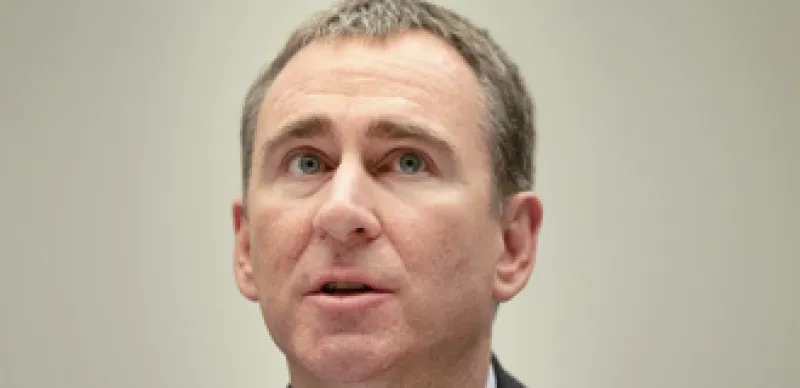Given the volatility in various markets – equities, oil, commodities in general, currencies – you would think macro and multi-strat managers would shine in this environment. They supposedly have the flexibility – and the expertise – to swing from one market to another, deftly playing the sharp directional changes that have rocked the global markets so far this year.
You would think.
However, according to HFR, the HFRI Macro (Total) Index gained 1.29 percent in February, putting it up just 0.63 percent for the year. The HFRI Macro: Systematic Diversified Index gained 1.59 percent in February and is now up just 0.51 percent for the year. This compares to a 1.68 percent return for HFR’s fund weighted index.
More significantly, many of the biggest names in the macro and multi-strat space are faring even worse than the indices.
For example, Louis Bacon’s Remington Investment Strategies, L.P., the domestic version of his Global Investments portfolio, lost 0.12 percent in February, and is down 0.56 percent after two months, say investors.
Bruce Kovner’s Caxton Global Investment was essentially flat for the first two months.
Others are barely in the black. For example, Paul Tudor Jones II’s Tudor BVI was only up 0.75 percent through February.
And London-based Brevan Howard’s BH Macro Ltd. was only up 1.15 percent through February.
However, not every multi-strat/macro fund is struggling this year.
Dan Och’s OZ Master Fund is up 2.83 percent for the first two months this year.
Steve Cohen’s SAC Capital was up 1.2 percent in February and about 3 percent through February.
Ken Griffin’s Citadel funds were up 2.65 percent in February and have gained 6.5 percent for the first two months. Investors say Citadel made more of a push into equities this year. Its convertible arbitrage portfolio has also performed well, say those who know.
It is not known how Brevan Howard traded in the most recently month. However, in January it told clients it made money interest rates trading, primarily volatility strategies, swap spreads and curve trading, as well as in credit trading. It lost money in interest rate basis swaps and foreign exchange macro trading.
In its monthly report, HFR said the HFRI Macro (Total) Index had significant gains from commodity, discretionary thematic and systematic trend following strategies, partially offset by mixed performance in currency and active trading strategies. The HFRI Macro: Systematic Diversified Index enjoyed significant contributions from energy and metals positions, partially offset by weakness in fixed income.
HFR said short U.S. dollar exposure and long commodity positions contributed to positive performance for discretionary thematic macro strategies.
There are a lot of ramifications to the disappointing performance thus far among a number of macro and multi-strat funds. After all, last year investors clearly showed a preference for macro funds.
According to HFR, in the fourth quarter alone investors pumped $6.6 billion of new capital into macro funds at the same time equity hedge experienced net redemptions of $620 million.
For the full year, macro was the second most popular choice among four broad categories HFR tracks, receiving $17.3 billion. Relative value pulled in $21.5 billion in new inflows for the year.
If the macro and multi-strat funds don’t soon start generating some Alpha, they could be the next group that suffers massive redemptions.







